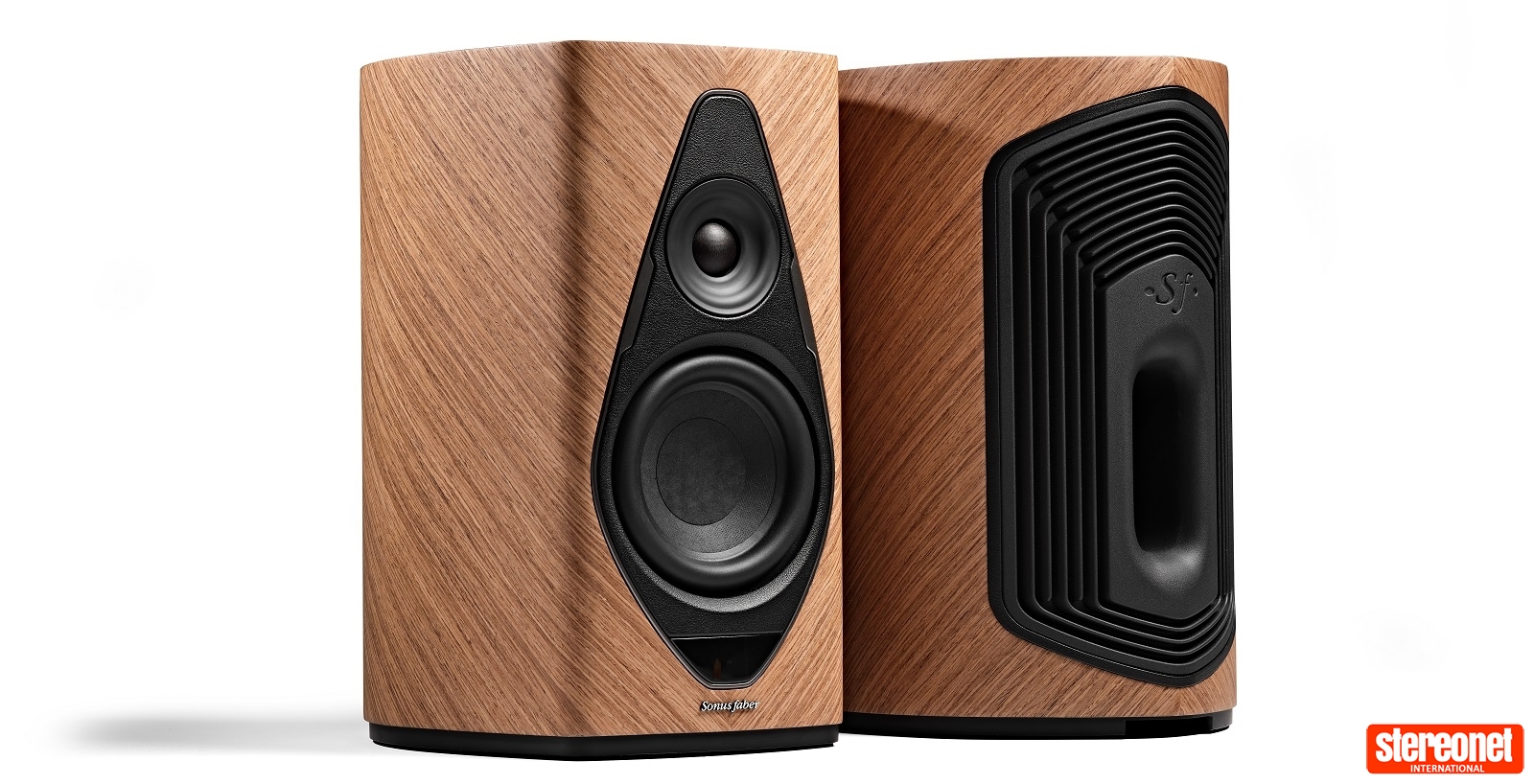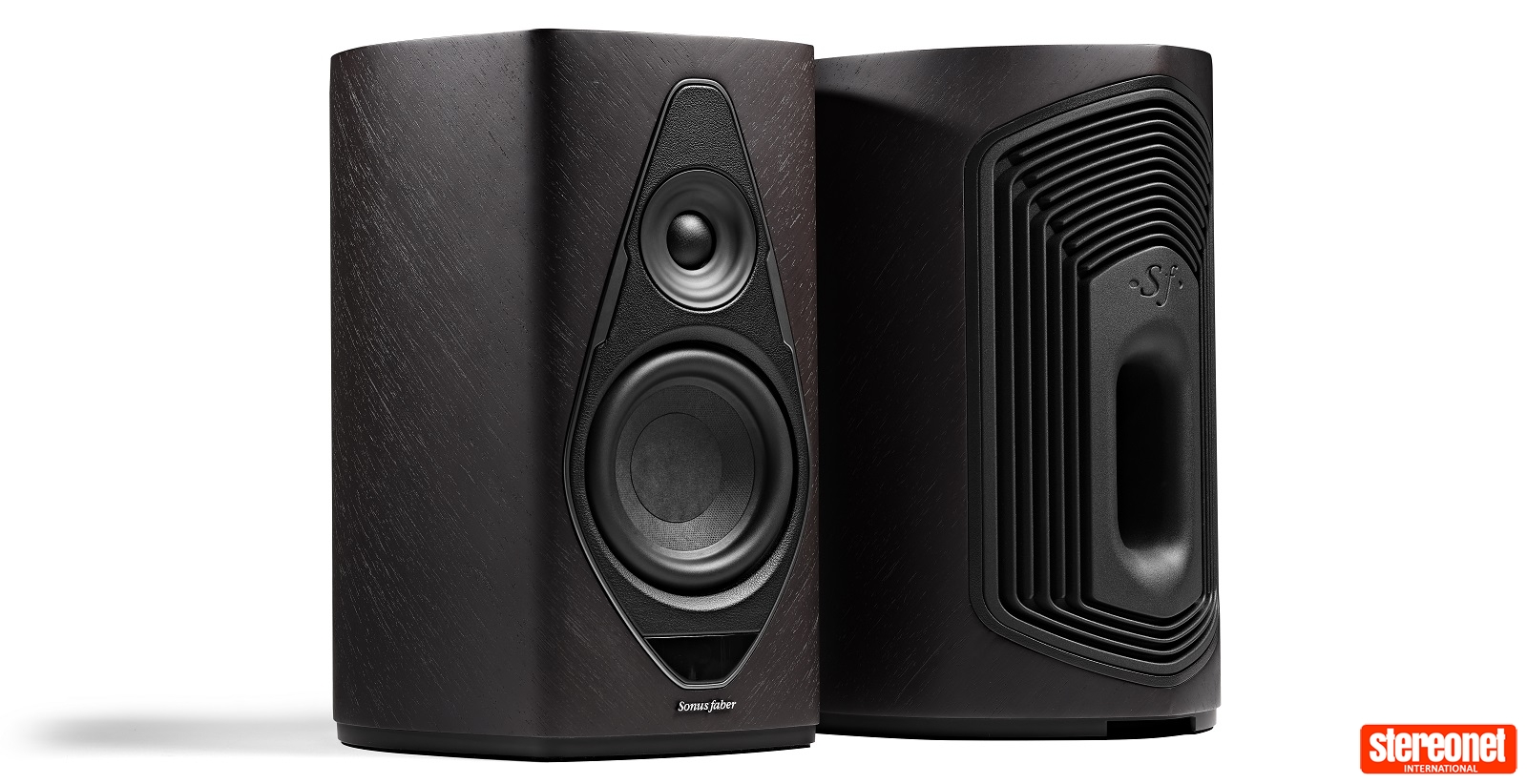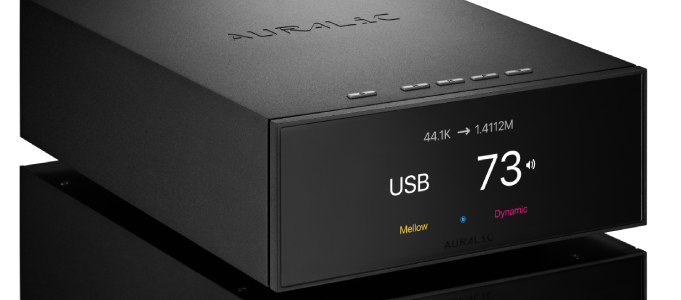Sonus faber Duetto Wireless Speaker System Review

Simon Lucas auditions this striking-looking wireless active bookshelf loudspeaker system…
Sonus faber
Duetto Wireless Active Loudspeakers
USD $3,999

Over the past four decades, Sonus faber ('artisan of sound') has cultivated a reputation for craftsmanship and performance in passive loudspeaker design that far exceeds its base in Veneto, Italy. Its acquisition by Fine Sounds Group in 2007 and the morphing of FSG into McIntosh Group in 2016 has done little – to the outside observer, at least – to disrupt the serene nature of its progress.
The company finally decided to acknowledge market forces in February 2022 with the launch of Omnia, a relatively pricey wireless all-in-one speaker system that successfully went toe-to-toe with the acknowledged class leaders. Suitably emboldened, it is back with a two-channel alternative called Duetto.

No meaningfully new ground is being broken here, of course. Active, or at least powered, speakers with wired and wireless connectivity have been providing 'lifestyle' solutions – and in some cases, outstanding sound quality – for quite some time. Everyone from Bowers & Wilkins and DALI to JBL and KEF has had a broadly similar alternative with which to tempt you for quite a while now. Still, better late than never, and better still if Sonus faber has pulled yet another high-performance rabbit out of its increasingly sizeable hat.
UP CLOSE
I will get to the nuts and bolts of the Duetto soon enough, but first let's just take a moment to admire Sonus faber's facility with cabinet making and finish, shall we? The speaker cabinets here are, according to the company, lute-shaped – and no matter whether you prefer the walnut or the graphite finish, they are beautifully made. There's a finned heatsink at the rear that's flawlessly integrated into the overall shape; it's intended to contribute both to a natural timbre and to the rejection of internal resonances, the company says. A bass reflex port is also incorporated into the heatsink system, and it's an elegant and impressively realised arrangement.

On the front baffle, enclosing the driver array, and on the top of the cabinet, Sonus faber has deployed a judicious amount of neatly applied faux leather. The little magnetically attached grilles are a nice enough touch, but the look is more coherent without them. On the top panel of the primary speaker, there's a brief and frankly overwrought control interface called Senso, which is an elaborate way of selecting the input and adjusting the volume.
Control is also available via a small and unremarkable remote control handset. Supposedly, there's a free iOS and Android control app incoming, too, but for now, I have to make do with a web page accessible via a QR code. Using this interface lets the user inform the primary speaker if it is the left or right channel, give it some idea of its position relative to boundary walls, adjust both high- and low-frequency response, check for firmware and/or software updates, and let the system know whether a subwoofer is attached or not.

What makes one speaker the primary (beyond the mad control interface on its top plate) is the ability to make wired and wireless connections, up to and including that subwoofer. The other physical sockets consist of an Ethernet input, a pair of stereo RCA inputs that are switchable between line level and phono level (meaning a turntable can easily be connected), a digital optical output and an HDMI eARC socket (so your TV can be integrated into your Duetto system too). Wireless stuff is handled by Bluetooth (with aptX HD codec compatibility) and dual-band Wi-Fi. This enables the Sonus faber to be compatible with Apple AirPlay 2, Spotify Connect and TIDAL Connect. Chromecast is built in, and the system is Roon Ready, too.
The primary speaker communicates with its secondary partner using UWB (ultra wide band) wireless connectivity, which ought to ensure vanishingly low latency and minimal interference. Both require mains power, and each features a 25mm silk dome tweeter (incorporating a ferrite magnet system with copper cap) and a 133mm long-excursion mid/bass driver (incorporating a Neodymium magnet system with copper cap and aluminium ring). Each tweeter gets 100 watts of Class AB amplification, and each mid/bass driver gets 250W of Class D power. Sonus faber quotes a frequency response of 37Hz to 30kHz. Each driver has a dedicated DAC, and the system is compatible with every digital audio file type up to 32-bit/192kHz resolution.
THE LISTENING
No two ways about it, the Duetto is a bit of a departure sonically speaking from the Sonus faber norm. This is a vivid, lively listen that wants to make every recording an event that's as upfront and entertaining as possible. As a system, it's no blunt instrument you understand. Still, anyone familiar with the rather more judicious and neutral stance of the company's passive loudspeaker line-up might be slightly startled by just how vigorous the presentation is.

You don't have to get especially deep into Fela Kuti's Expensive Shit for pretty much all to be revealed. The Duetto reaches a long way down the frequency range, creating considerable low-end presence and outright punch but without ignoring any of the finer details that go towards painting a complete picture. Bass sounds enjoy texture in proportion to their weight, and the combination of control and detail retrieval allows rhythms naturalistic expression and overall realism. There is momentum, a sense of density, to the Sonus faber presentation that makes the idea of adding a subwoofer seem excessive.
Midrange fidelity is equally impressive. No matter if you listen to a vocalist as accomplished as Aretha Franklin during Until You Come Back To Me (That's What I'm Gonna Do) or as approximate as Howard Devoto during Magazine's A Song From Under the Floorboards, you're never in any doubt as to their emotional state, commitment, technique, or indeed position relative to the microphone they're singing into. Detail levels are again sky-high, and the Duetto is alert enough to identify and contextualise tongue and palate sounds just as readily as the broad strokes of the performance. Integration with the lower and higher frequencies is so smooth as to be indiscernible, and the unity and singularity of each performance is never in question.

There's plenty of bite and shine to the top of the frequency range, but at first acquaintance, it doesn't automatically seem so because the Sonus faber system is just as corporeal a listen in the upper range as it is elsewhere. There's real body to treble sounds, to the point that it seems possible to discern the gauge and thickness of an individual ride cymbal, as well as identifying whereabouts it's being struck from hit to hit. The attack and decay of the top end is controlled with just as much authority as the rest of the frequency range, and its overall attitude is just as vigorous and keen to entertain.
Properly positioned in your room and on appropriately accomplished speaker stands, the Duetto is capable of creating a large, well-organised and entirely convincing soundstage. Sparser recordings get ample space for every element, and the gaps and silences between them are granted as much significance as the actual sounds. Meanwhile, more complex or instrument-heavy stuff fills the stage without anything in the recording straying from its boundaries. The Sonus faber is getting on for fanatical where straight edges are concerned, so even a recording as involved as Leonard Bernstein and The Columbia Symphony Orchestra's rampage through Gershwin's Rhapsody in Blue doesn't test its authority.

That same recording also demonstrates the Duetto's facility with both broad dynamic shifts and low-level harmonic variations. The tones on either side of the fundamental during the solo piano passages are well-reported, and variations in intensity are apparent from keystroke to keystroke. And when the full orchestra properly gets into attack mode, the Sonus faber is able to track the increases in intensity without alarm. This is all the more remarkable when you consider just how intense the system sounds, even during the piece's more reflective moments.
All of the above assumes listening at a volume level somewhere between 'mild' and 'only slightly oppressive'. The Duetto doesn't change its overall attitude all that much if you really decide to push the volume northwards, but some of its winning depth perspective can go astray in these circumstances. It also becomes apparent that 'vibrant' and 'vivid' are relative terms when it comes to audio reproduction, and equally apparent that it's possible to have too much of a good thing. Keep output levels realistic, though, and the circumstances in which this isn't a thoroughly enjoyable audio system are hard to imagine.

THE VERDICT
For this sort of money, it's possible to build a serious separates system consisting of stereo speakers, amplification, wireless streaming and digital-to-analogue conversion – and even include a turntable phono preamp for good measure. Yet whether it would come anywhere close to being as convenient, good looking or as animated in its music-making as Sonus faber's new Duetto is an entirely different question.
Visit Sonus faber for more information
Simon Lucas
Simon was editor of What Hi-Fi? magazine and website and has since written for Wired, Metro, the Guardian and Stuff, among many others. Should he find himself with a spare moment, Simon likes publishing and then quickly deleting tweets about the state of the nation (in general), the state of Aston Villa (in particular) and the state of his partner’s cat.
Posted in:Loudspeakers Active Bookshelf / Standmount Smart / Bluetooth Sources Streamers Hi-Fi Lifestyle
Tags: sonus faber mcintosh group sumiko
JOIN IN THE DISCUSSION
Want to share your opinion or get advice from other enthusiasts? Then head into the Message Forums where thousands of other enthusiasts are communicating on a daily basis.
CLICK HERE FOR FREE MEMBERSHIP
Trending
applause awards
Each time StereoNET reviews a product, it is considered for an Applause Award. Winning one marks it out as a design of great quality and distinction – a special product in its class, on the grounds of either performance, value for money, or usually both.
Applause Awards are personally issued by StereoNET’s global Editor-in-Chief, David Price – who has over three decades of experience reviewing hi-fi products at the highest level – after consulting with our senior editorial team. They are not automatically given with all reviews, nor can manufacturers purchase them.
The StereoNET editorial team includes some of the world’s most experienced and respected hi-fi journalists with a vast wealth of knowledge. Some have edited popular English language hi-fi magazines, and others have been senior contributors to famous audio journals stretching back to the late 1970s. And we also employ professional IT and home theatre specialists who work at the cutting edge of today’s technology.
We believe that no other online hi-fi and home cinema resource offers such expert knowledge, so when StereoNET gives an Applause Award, it is a trustworthy hallmark of quality. Receiving such an award is the prerequisite to becoming eligible for our annual Product of the Year awards, awarded only to the finest designs in their respective categories. Buyers of hi-fi, home cinema, and headphones can be sure that a StereoNET Applause Award winner is worthy of your most serious attention.






